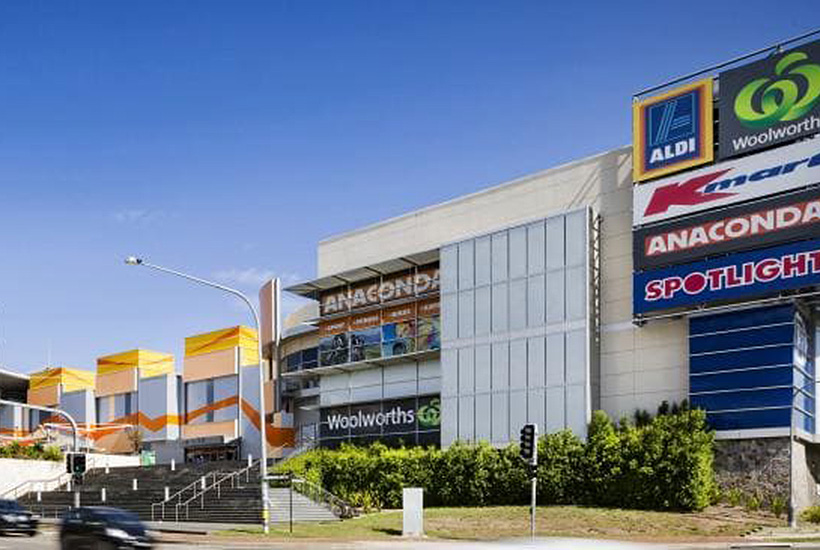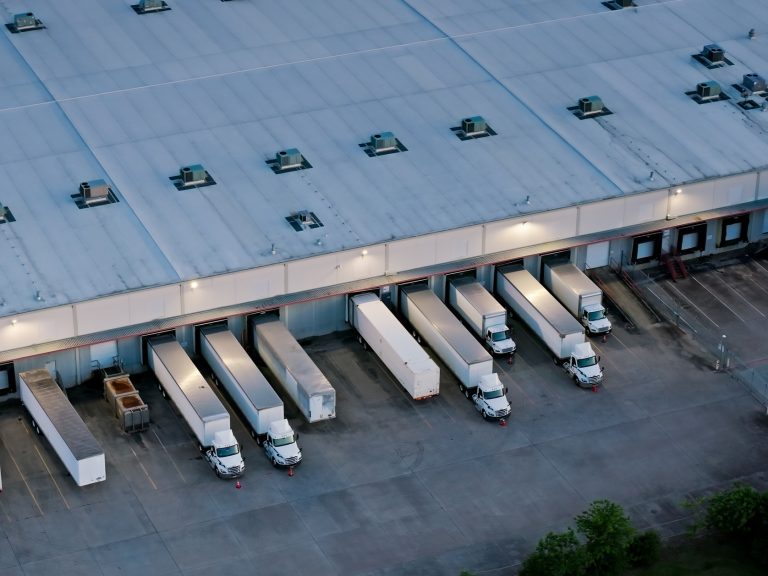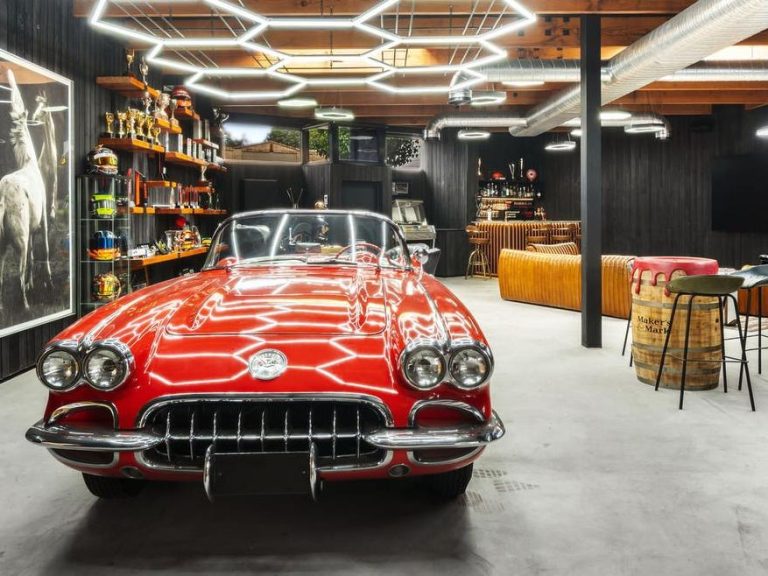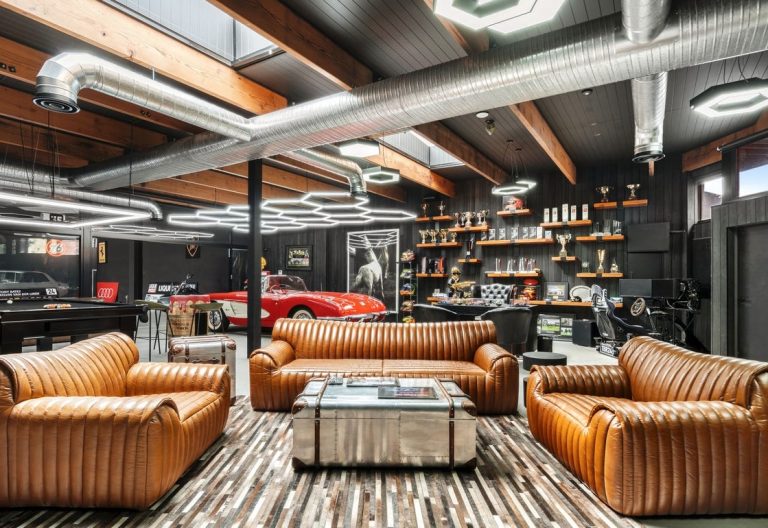Australian retailers step up store re-openings

Retailers around Australia are stepping up store re-openings as major shopping centre landlords prepare to resume full trade despite simmering tensions over rental payments during the crisis threatening to boil over.
Major chains including Myer, R.M Williams, Apple, Kathmandu and The Cotton On Group are opening up even as landlords privately signal they will take a hardline approach towards large tenants seeking relief, while seeking to help smaller shops under a federal government code.
Major landlords are punting that customers will pour back into malls and revert to their pre-crisis shopping habits, albeit with some health restrictions, as the landlords scramble to restore income from their properties.
Retailers have had the strongest weekend since the March restrictions came into force to contain the spread of the coronavirus, and another large weekend is expected due to Mother’s Day.
While figures released on Wednesday showed panic buying at supermarkets drove an 8.5% jump in retail sales in March, other parts of the retail industry were crunched.
Spending on discretionary goods such as clothing and footwear fell 23% during March, while department store retailing dropped 9%, the ABS said.
Big operators are seeing a return to their large subregional and regional centres, despite areas such as cinemas being shut down and dining areas restricted to takeaway.
Differing levels of restrictions across the states mean the recovery will be patchy across the nation, with Queensland at the forefront for many chains.
Myer will trial the opening of five Queensland stores — Chermside, Carindale, North Lakes, Townsville and Toowoomba — from Friday, in line with the easing of stay-at-home measures by the state government. It will also open its Bankstown and Liverpool stores in Sydney from Saturday.
Big W is extending trading hours to 9pm for one day a week and commercial general manager Teresa Rendo said the company was “cautiously optimistic” that retail conditions would improve over the next 12 months.
“We will see price play a really important role,” Ms Rendo told The Australian. “I do think in a recessionary environment, price will probably overtake convenience.”
R.M Williams is reopening stores in South Australia, Queensland and Western Australia as of Thursday with reduced hours. Stores in Victoria, NSW and New Zealand are planned to reopen by May 21. Customers and retailers are still worried about the virus and shopper numbers will be restricted in smaller shops, and sanitisers will be provided.
Vicinity Centres chief executive Grant Kelley said in the short to medium term the retail environment remained uncertain, but the company was confident about an economic recovery over the long term.
“We expect the challenging conditions to persist for at least the next 12 months,” Mr Kelley said.

JLL Australia chief executive Stephen Conry Picture: AAP
“However, the resilience and the speed with which the pandemic has been contained and the governments’ significant fiscal and monetary response puts Australia in a strong position.”
Scott Morrison has said a million Australians need to get back to work.
Mr Kelley said: “Retail is one of Australia’s largest employers so will be an important part in getting the economy moving again.”
Vicinity has this week seen early signs of a recovery in visitor numbers as restrictions have begun to ease. Retailers that closed voluntarily in prior months are beginning to open up, with 530 stores reopening in Vicinity malls in the past seven days.
A further 160 reopened since the weekend, and Vicinity expects that number will hit more than 1000 by next week.
“While customer numbers have been better than expected, we are working with our retailers to ensure everyone adheres to social distancing standards,” Mr Kelley said.
Scentre Group chief executive Peter Allen told The Australian that a rising number of stores were open. “Well over 40 per cent of stores are open across Australian Westfield centres, with more than 1000 stores opening since Easter and more retailers are talking to us about opening,” he said.
Mr Allen is bullish about a recovery. “Throughout May, we anticipate consumers will begin to feel more confident about going about their day-to-day lives including shopping, albeit with a heightened focus on health and safety,” he said.
The push by retailers is part of the bumpy conditions expected across different sectors. “The economy is still charting the road back … and retail has a key role to play in this but it will take time,” Mr Allen said.
Major companies are also pushing for a broader economic kickstart. Qantas chairman Richard Goyder said reviving the economy would require business to be “bold”, and government encouragement was required to induce private investment.
JLL Australia chief executive Stephen Conry said the second quarter was “where we will see the business realities of the current economic crisis”.
“Australia went into the pandemic in a reasonably sound economic position and therefore is expected to bounce back better than some other economies,” Mr Conry said. “The question we are currently facing is how strong this bounce back will be once the situation stabilises.”
CBRE Melbourne director Zelman Ainsworth said retailers had doubled or tripled online sales during the lockdown, but this would still not account for their in-store sales. “We do see online as here to stay, but it is connected into an omnichannel model,” he said.
Shopping Centre Council of Australia executive director Angus Nardi said hundreds of stores had opened in recent weeks and further progress was expected after a national cabinet meeting on Friday that may ease restrictions on some sectors.
When Queensland eased restrictions last weekend some shopping centres recorded a 50 per cent jump in foot traffic and NSW said this week it was keen for retailers to “have a go” at opening. “I think Queensland is an early indicator … it’s certainly gaining momentum,” Mr Nardi said.
Retail sales rose by a record 8.5 per cent month-on-month in March, as households stocked up ahead of restrictions. HSBC chief economist Paul Bloxham said there was “some upside risk” to the bank’s forecast for a modest fall in first-quarter GDP.
“Although it is very clear that second-quarter GDP is set to fall sharply, it remains unclear whether the negative effect of the COVID-19 suppression measures through March will be enough to see GDP actually fall in the first quarter,” he said.
– with Eli Greenblat
Additional reporting: Gerard Cockburn, David Ross
This article originally appeared on www.theaustralian.com.au/property.







